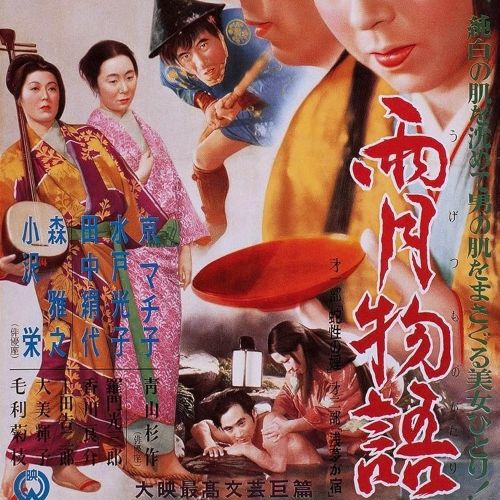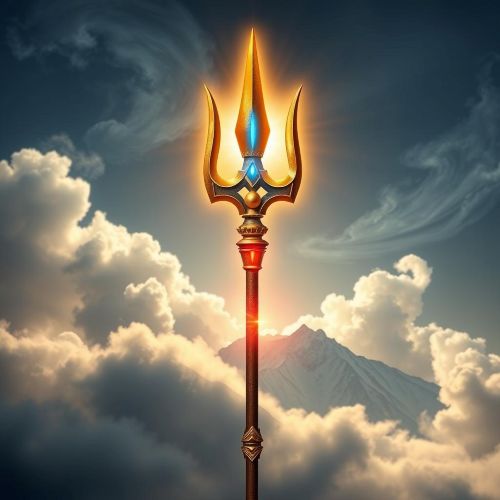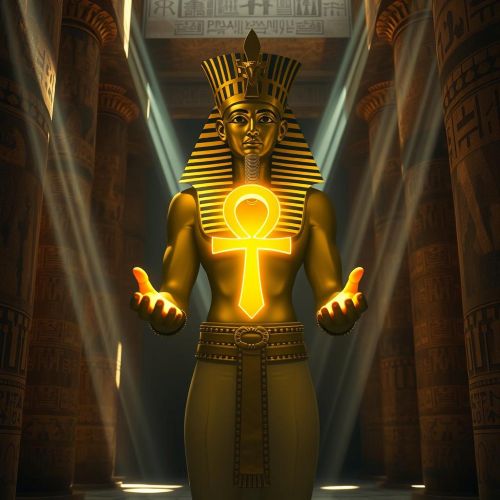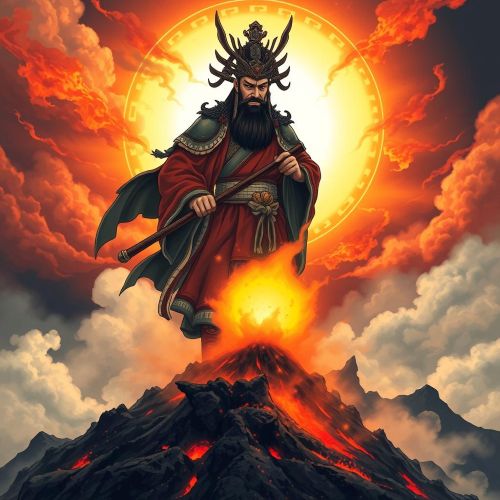Discovering Balance: Chinese Elements in Mythical Narratives
Chinese mythology is a rich blend of ancient beliefs, cultural symbolism, and profound wisdom. At its core lies the concept of the Five Elements, a cornerstone of Chinese philosophy that has deeply influenced various aspects of Chinese culture, including art, medicine, and, of course, mythology. In this blog, we delve into the essence of the Chinese elements, exploring their symbolic significance and the harmony they bring to the cosmic balance.
Wood – The Vital Force of Growth
In Chinese mythology, Wood represents the vital force of growth and expansion. It symbolizes the spring season, new beginnings, and the energy of life. Often associated with the East and the azure dragon, Wood embodies the cyclical nature of life, fostering growth and creativity. In tales of creation, Wood is the genesis, the seed that sprouts and gives birth to the flourishing world around it.
Fire – The Passionate Essence:
Fire is a dynamic force in Chinese mythology, representing passion, transformation, and illumination. Linked to the South and the vermillion phoenix, Fire is both a destructive and creative element. It embodies the fervor of life, the warmth of relationships, and the energy that propels change. Chinese folklore is replete with stories of mythical creatures born from the flames, emphasizing the transformative power of Fire.
Earth – The Nurturing Mother:
Earth is the grounding force that nurtures and sustains life. Representing the late summer season, it is associated with stability, fertility, and the motherly energy that supports all living beings. Often linked to the center and the yellow dragon, Earth is the foundation upon which the other elements dance. In Chinese creation myths, the Earth is the fertile ground from which humanity emerged, embodying the nurturing essence of a mother’s love.
Metal – The Essence of Refinement:
Metal is a symbol of refinement, strength, and precision in Chinese mythology. Aligned with the autumn season, it represents the cutting edge of progress and the honing of one’s skills. Linked to the West and the white tiger, Metal embodies the qualities of discipline, resilience, and the transformative power of shaping raw materials into something precious. Chinese legends often showcase gods and heroes wielding powerful metal artifacts, emphasizing the importance of refinement in one’s character.
Water – The Fluidity of Change:
Water, associated with the North and the black tortoise, is the embodiment of adaptability, fluidity, and the essence of change. In Chinese mythology, Water is revered for its ability to carve through mountains and reshape landscapes. It symbolizes the ebb and flow of life, the inevitability of change, and the wisdom to navigate the currents of existence. Tales of mystical water dragons and serpents often highlight the transformative power inherent in the element of Water.
Achieving Harmony Through the Five Elements
Chinese mythology teaches that the harmony of the universe is maintained through the delicate balance and interaction of the Five Elements. This concept is not only confined to myths but has profound implications in Chinese philosophy, medicine, and even traditional architecture.
The ancient Chinese believed that each element has its own unique energy, and the relationships between them create either a harmonious balance or imbalance. The interactions between the elements are categorized into two cycles: the Generating Cycle and the Controlling Cycle.
In the Generating Cycle, Wood fuels Fire, Fire creates Earth (ash), Earth bears Metal, Metal collects Water, and Water nourishes Wood. This cycle symbolizes the continuous flow and interdependence of natural processes, reinforcing the notion of harmony in creation.
Conversely, the Controlling Cycle represents the checks and balances within the elements. Wood parts Earth, Earth absorbs Water, Water extinguishes Fire, Fire melts Metal, and Metal cuts Wood. This cycle prevents any single element from dominating and disrupting the cosmic equilibrium.
The Five Elements are not mere abstract concepts in Chinese mythology; they are the foundation upon which a harmonious and interconnected universe is built. Understanding the symbolic significance of Wood, Fire, Earth, Metal, and Water allows us to glimpse into the profound wisdom of ancient Chinese philosophy.
As we explore the myths and legends woven around these elements, we uncover timeless lessons about growth, transformation, nurturing, refinement, and adaptability. The tales of dragons, phoenixes, and mystical creatures serve as metaphors for the intricate dance of energy and balance that sustains life.
Embracing the wisdom of the Five Elements in our modern lives can provide us with valuable insights into fostering balance, resilience, and harmony. In a world that often seems chaotic, Chinese mythology reminds us that, like the elements themselves, our lives are part of a larger cosmic dance, and understanding this dance brings us closer to the harmony that has inspired generations for centuries.






